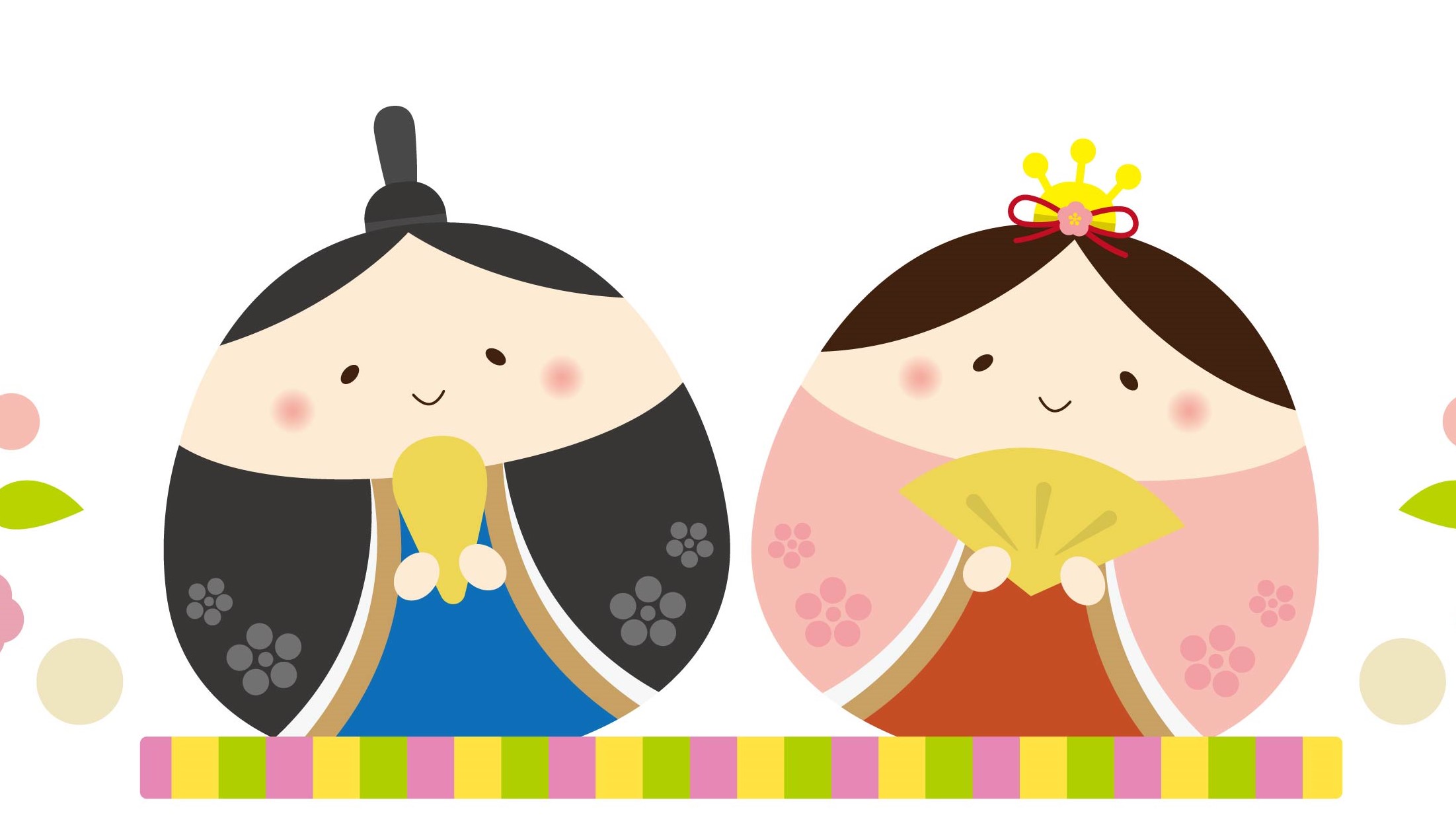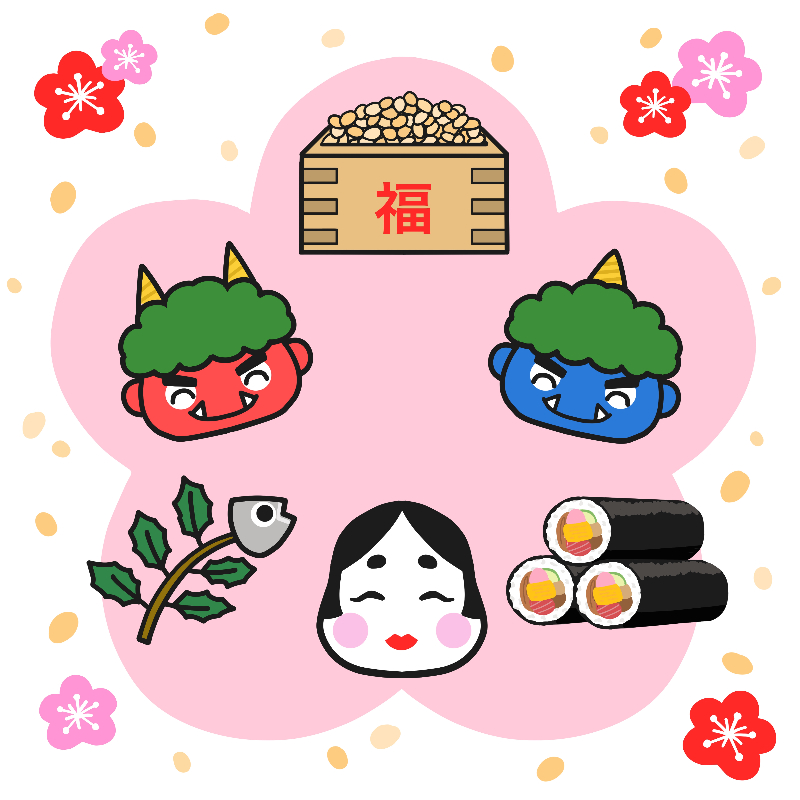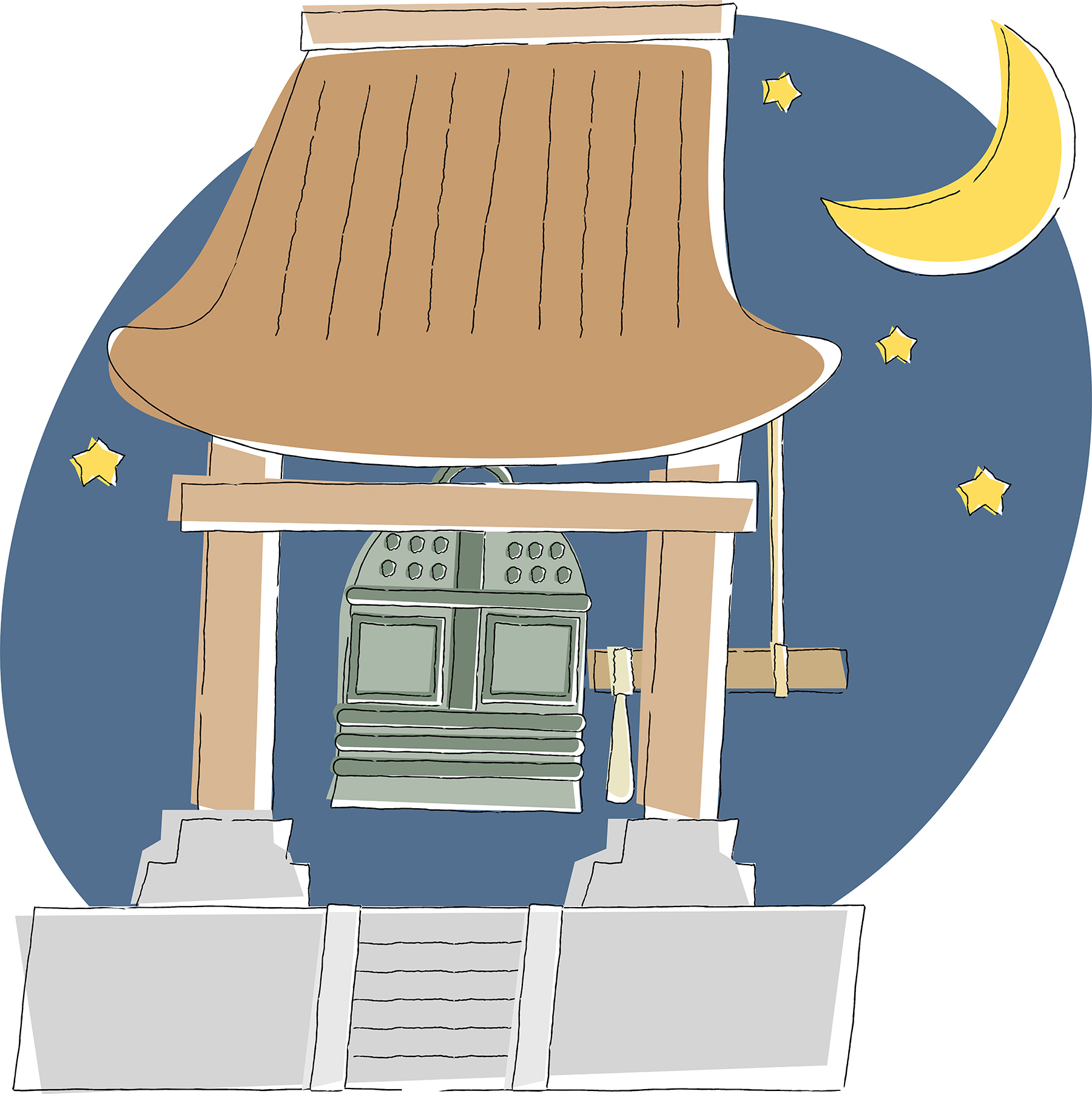
Me and My Family
 Students work through examples of the conjunctions listed above then complete a cloze exercise in the form of a letter.
Students work through examples of the conjunctions listed above then complete a cloze exercise in the form of a letter.
Teachers may wish to use the Handout for Students after making adjustments to suit the level of the students. This handout contains the main part of the explanation below.
Conjunctions そして and でも
Task: Fill the blanks with そして or でも to make a coherent paragraph.
わたしは、13さいです。シドニーにすんでいます。マリンスポーツがだいすきです。日本語をべんきょうしています。( )あまりじょうずではありません。かぞくは、4人です。父と母といもうとです。( )いぬを2ひきかっています。いぬはとてもかわいいです。( )ときどきうるさいです。
Conjunction 「だから」
After students become familiar with the idea of using 「そして」and 「でも」, you may introduce another useful conjunction「だから」meaning ‘therefore’, which is used to give a reason in the following sentence.
eg, マリンスポーツがだいすきです。だから、うみのちかくにすんでいます。
To practice the use of 「だから」, use 3 段論法 (syllogisms). A syllogism takes two statements which are assumed to be true and draws a conclusion from them.
Activity Idea 「だから」: Logical Deductions (syllogisms)
Which of these 2 statements is logical?
1. こどもはみんなおかしがすきです。まいちゃんは7さいです。
だから、まいちゃんはおかしがすきです。
2. こどもはみんなおかしがすきです。ピーターさんはおかしがすきです。
だから、ピーターさんはこどもです。
Conjunctions で and くて
Once students develop the skill of making a continuous text using conjunctions at a beginning of a sentence such as 「そして」,「でも」, they can connect two sentences to make a complex sentence. Here are some examples of such sentences used for writing about yourself and family.
Formation 「~で」: If the sentence ends with a Noun+です or な Adjective +です, use 「で」.

Formation 「くて」: If the sentence ends with an い adjective, use 「くて」

Conjunctions 「けど」 「だけど」
When you want to express contrasting facts, if the sentence ends with an い adjective use 「けど」, な adjectives use 「だけど」.

Activity 1: Master Mind
The teacher or a student uses the chart below to make up a sentence about a person with 2 adjectives in secret.
eg, トムさんはあかるくてやさしいです。
Students ask questions trying different combinations to guess the sentence, making sure they make the correct changes in adjectives. Eg. トムはあかるくて やさしいですか。
| トム | げんき | あたまがいい |
| カイリー | あかるい | かわいい |
| リンダ | しんせつ | やさしい |
Activity 2
Students write as many adjectives on the board as they can think of. In teams students take turns to pick two adjectives, joining them with either 「で」、「くて」、「けど」 to make a sentence describing something they have at home. The team that makes the most correct sentences wins.
うちには、たかいけど おいしいチョコレートがあります。
We have expensive but delicious chocolate at home.
うちには、ふるくて きたないくるまがあります。
We have an old dirty car at home.
When writing about themselves, students may write about their daily activities. To link a series of activities into a complex sentence, the て form of the verb is used.

Formation 「そして」 or 「それから」
If you are listing more than three events, instead of making a very long sentence it is better to use the conjunctions 「そして」 or 「それから」meaning ‘and also’ or ‘and then’ to connect clauses.
NOTE: 「それから」has a stronger sense of ‘from that point on’ than 「そして」.
Eg. まいあさ、6じにおきて、シャワーをあびます。それから、あさごはんを食べます。
Task idea: Use the following pictures to write a description of a dog’s life!

Letter Writing Task 1
You have received a letter from Keiko, your future host sister in Japan.
However, your dog has got hold of the letter and torn pieces out of it! Can you restore the letter using these words:

Letter Writing Task 2
Write a reply to Keiko’s letter. To help you, look at how Keiko structured her letter, what expressions she used, and, in particular how she started and finished the letter.
Useful expressions
1.Beginning the letter はじめのあいさつ
こんにちは ~さん
暑く/ 寒く/ あたたかく / すずしく なってきました。
お 元気ですか。
今日は、~について 書きます。(saying what you will write about)
2.Ending the letter おわりのあいさつ
~さんに、 会える日を楽しみにしています。(I’m looking forward to meeting you.)
からだに 気をつけて、がんばってください。
また、てがみを 書きます。
では、また。
Additional Resources
- If you would like your students to engage in safe online contact with Japanese students so that they can practise their Japanese, consider signing up to Language Discovery. http://www.languagediscovery.com.au/index.php
- Teacher’s Notes on Self Introductions
Resource created by The Japan Foundation, Sydney (August 2002).




